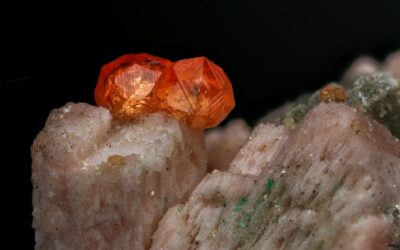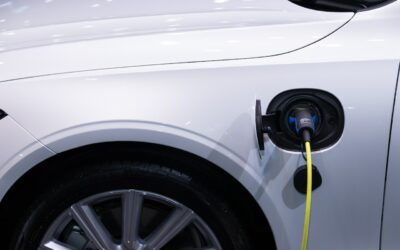This post was originally published on Sustainability Matters

The role of hydrogen in Australia’s energy transition and more broadly was the focus of a panel at Siemens Australia’s Beyond 1% Summit, a major sustainability event held in Sydney from 3–4 July.
The panel, ‘There’s more to hydrogen than electrolysers’, was chaired by Florence Lindhaus, Head of Hydrogen and Energy at the German-Australian Chamber of Industry and Commerce. It featured Australians Dave Hodgson, CEO, Paladin Group and Brett Singh, CEO, Marathon Group, alongside Germany’s Stephan May, the Global CEO of Electrification & Automation for Smart Infrastructure at Siemens.
Lindhaus began the discussion by highlighting Germany’s current path towards its ambitious 2025 decarbonisation target, with the country now running on more than 50% renewables. She underlined the potential for Australia, “which can cover its own energy demand 27 times over [through renewables]” to export hydrogen derivatives such as synthetic kerosene to Germany, as the latter will not have the resources to produce all the hydrogen it needs.
Australian innovation and initiatives
Singh was invited to describe the sustainable renewable energy container — or SREC — units his company Marathon Group has developed. Designed as a mobile energy solution for industrial sites, the SREC units make their own hydrogen and come with a solar array and 100 kW recyclable sodium-nickel-chloride batteries. Marathon is based in Victoria’s prime energy generation region of Gippsland/the LaTrobe Valley. Currently the third-largest landholder in the state, the company has big renewable energy plans for Gippsland, including a 25 GW offshore wind development and a zero emissions airport.
Siemens has signed an MOU to work with Marathon on its renewable projects.
Next, Hodgson explained how Paladin Group’s “Cseq” (carbon sequestration) technology uses captured carbon dioxide and water to make green hydrogen, with the CO2 used to separate the hydrogen ions. It was a way, he said, of “turning carbon dioxide into our friend” and had the potential to render any company’s emissions totally inert.
While some in the Australian scientific community have questioned whether carbon can be used as a zero-emissions feedstock, particularly in relation to Paladin’s recent plan to reopen a Tasmanian coalmine to fuel a hydrogen plant, Hodgson said Paladin’s pilot plant (not located at the Tasmanian mine) is up and running, and the company is working closely with Siemens on the software for it.
Challenges and obstacles
Funding topped the list of challenges to getting hydrogen projects up and running at scale, with Singh saying the levelised cost of hydrogen was a deterrent. Hodgson said these types of project take time to monetise — “and there isn’t time to waste”. May added that there was currently a failure to see hydrogen as an opportunity for making the world a better place, with innovation being held back by a lack of willingness to collaborate.
Collaboration was one of the panel’s key themes, presented as critical to supporting innovation and tackling the urgency of the energy transition.
Hydrogen into the future
Renewable hydrogen, May said, has the potential to be used in many applications, including for green steel, public transport and fertilisers, and as a power storage medium. In terms of any one country’s energy needs, “there is no one-size-fits-all solution”, he said, with hydrogen likely to be part of a mix of approaches. Australia, however, has enough space, land and sun to make hydrogen a feasible solution, he added.
Hodgson said “some of the biggest emitters in the nation” have shown interest in Paladin’s Cseq technology, and there was also interest from South Africa. He added that Labor governments tended to be much more interested in hydrogen technologies than the LNP.
Singh said that collaboration and technology were key in progressing renewable hydrogen projects, and that the energy transition (including hydrogen) would bring over $9bn to the Gippsland region.
Lindhaus said Australia was “punching above its weight” in relation to hydrogen innovation. “The challenge is definitely massive, but the cost of not doing anything is far greater,” she concluded.
Image credit: iStock.com/onurdongel





0 Comments